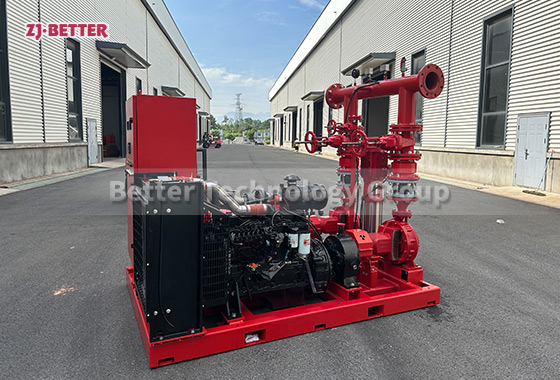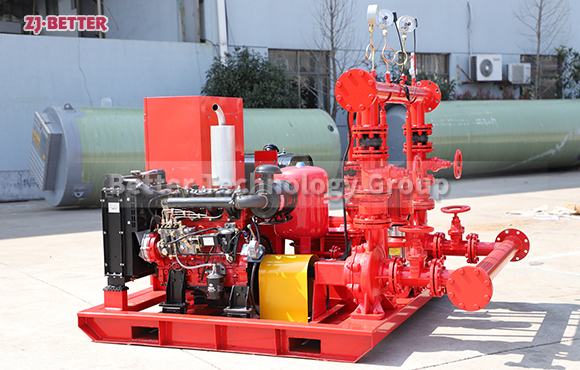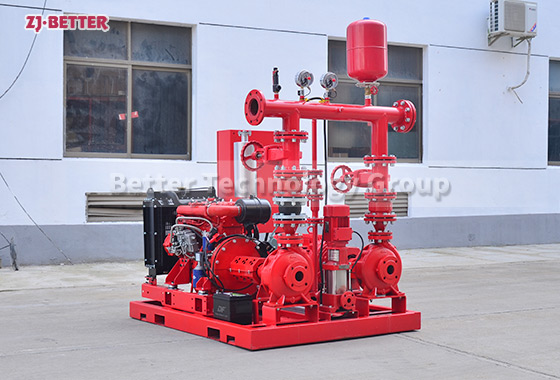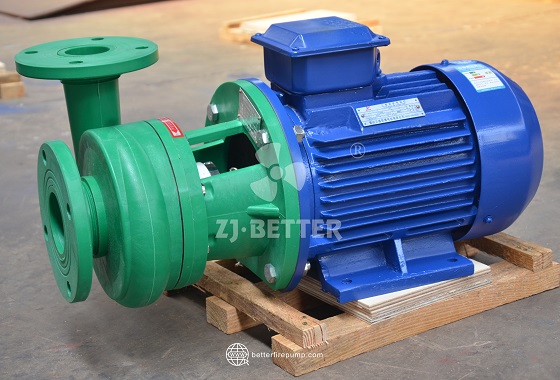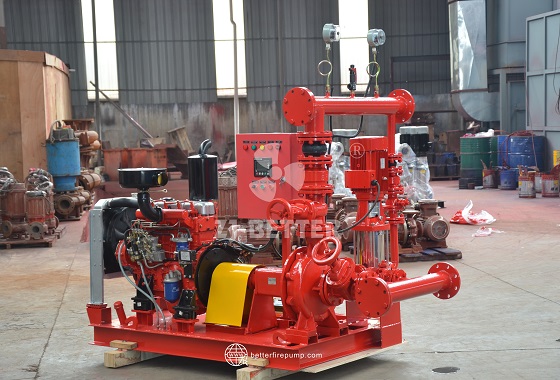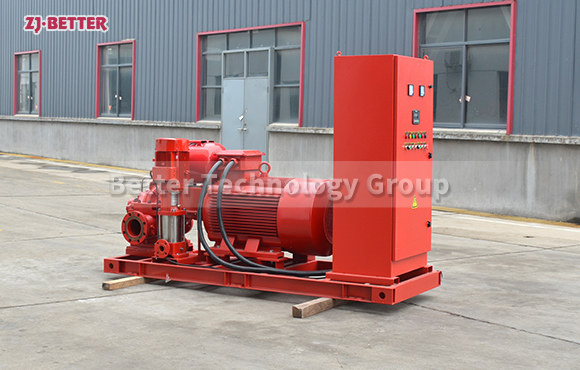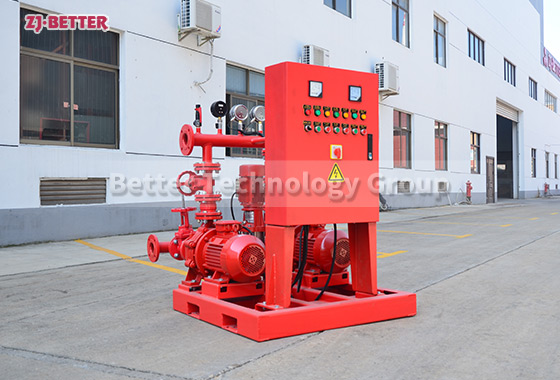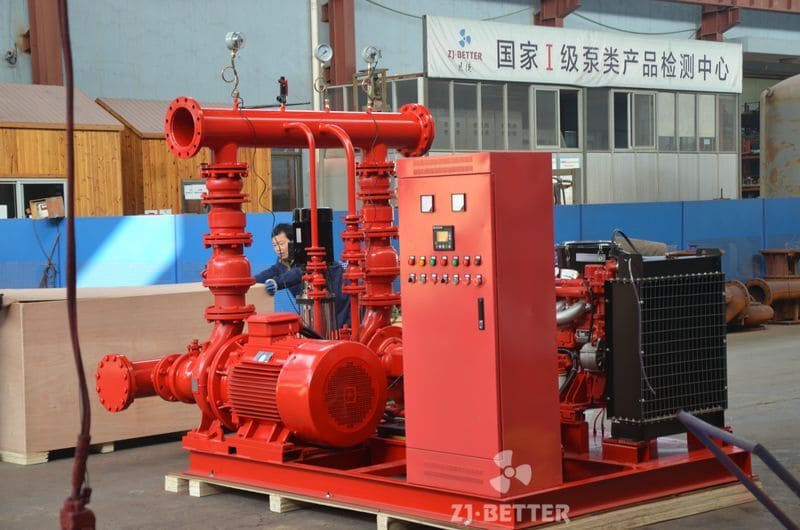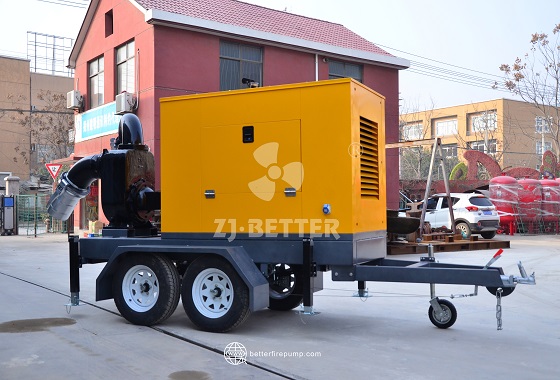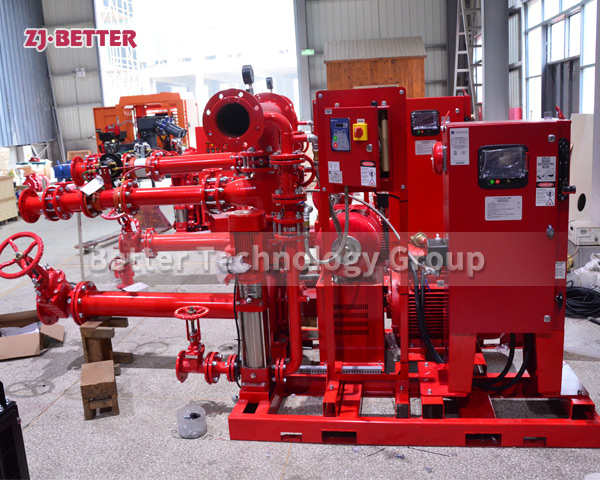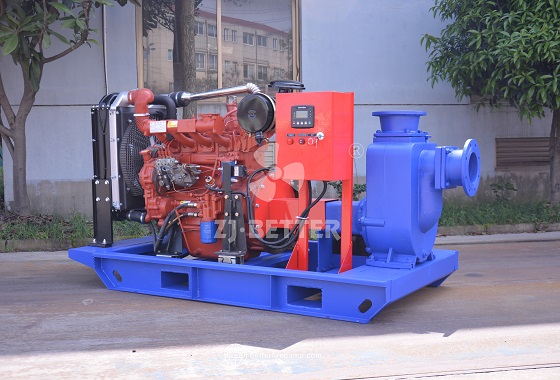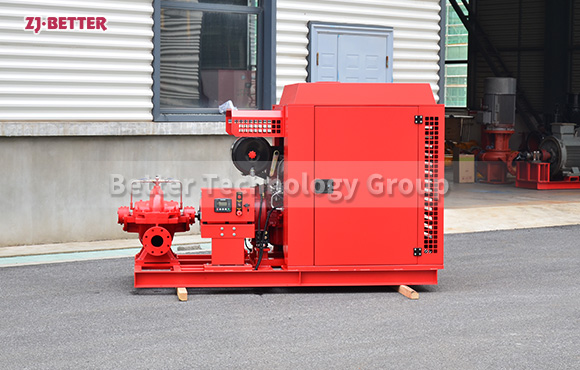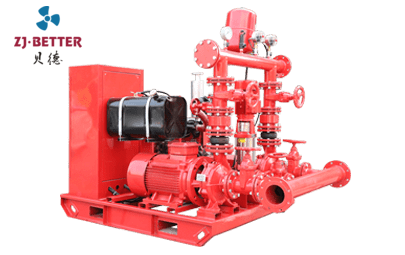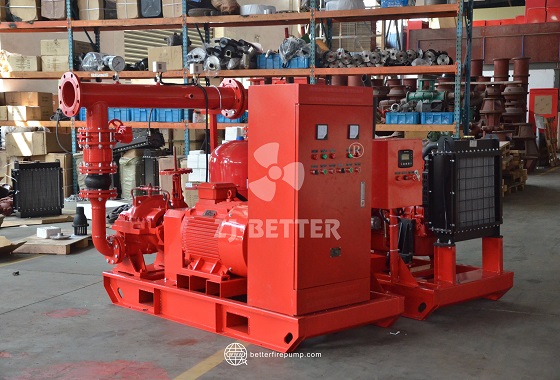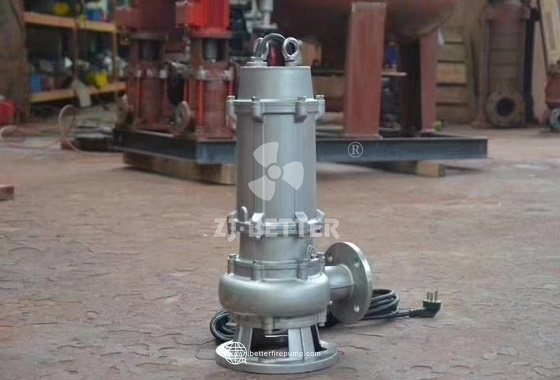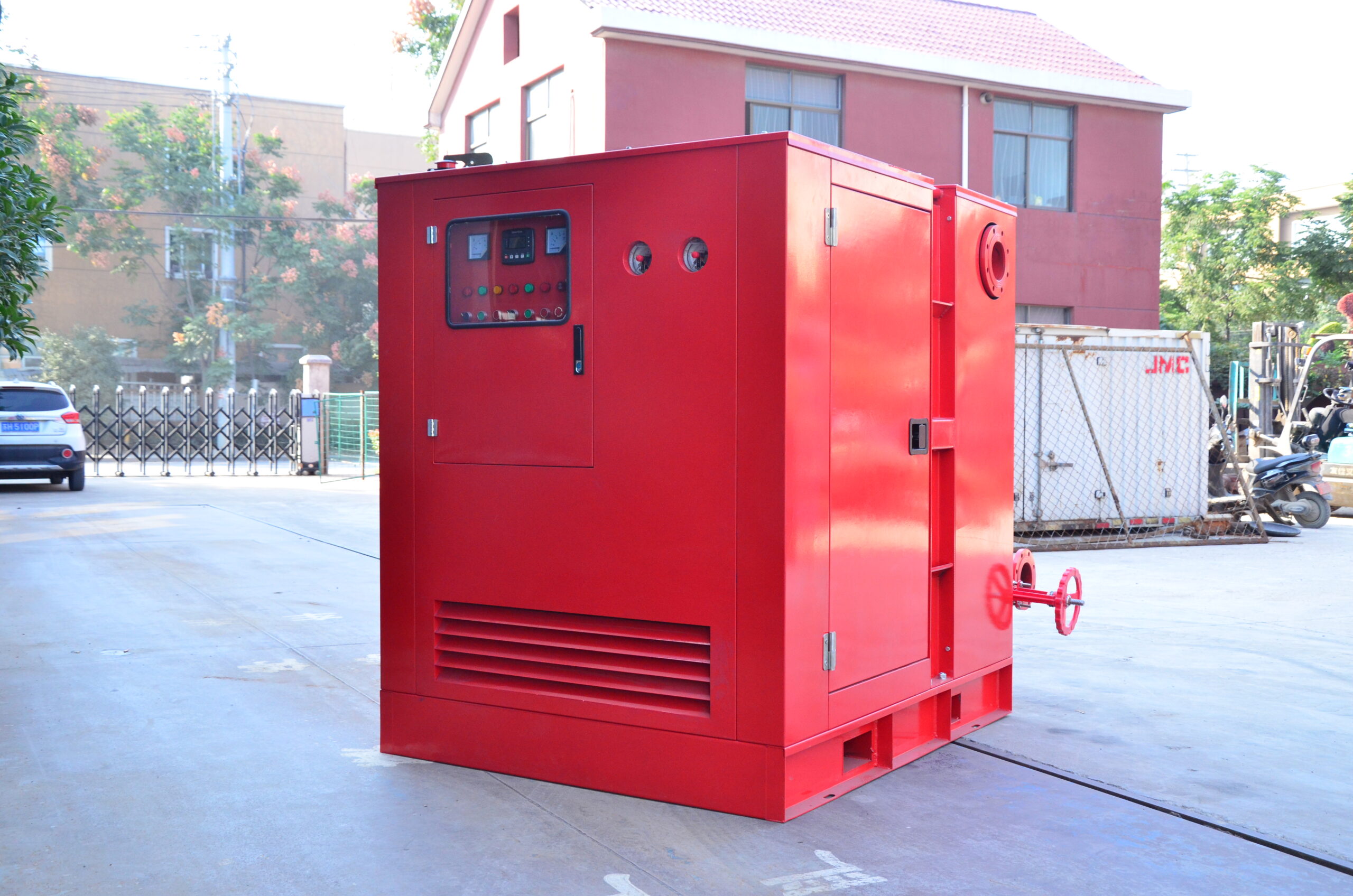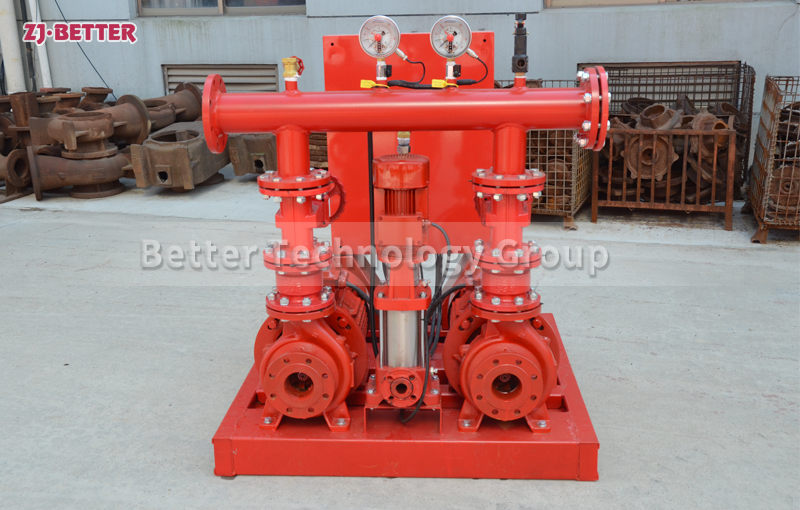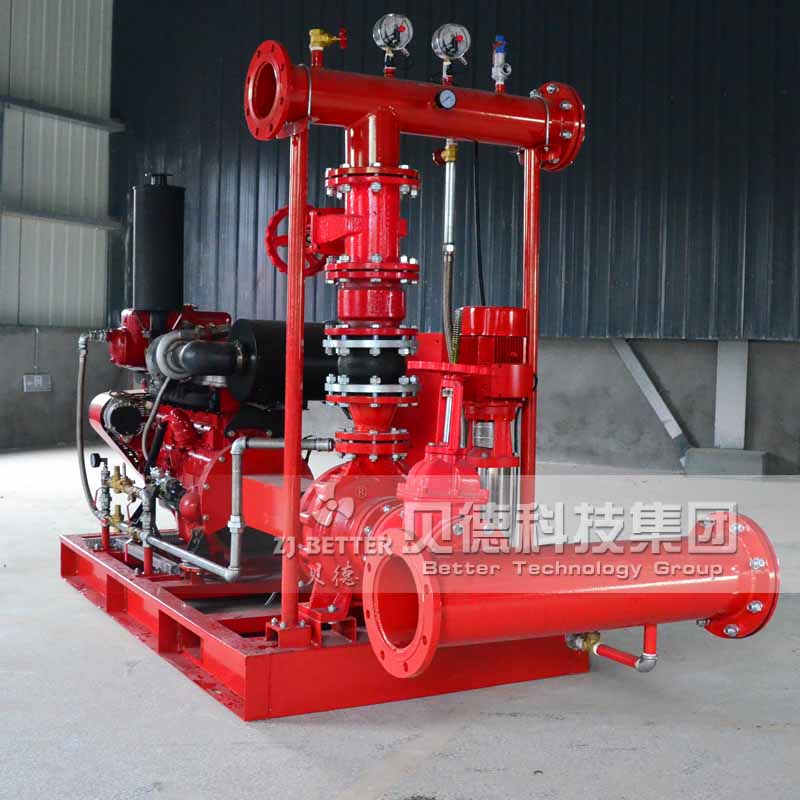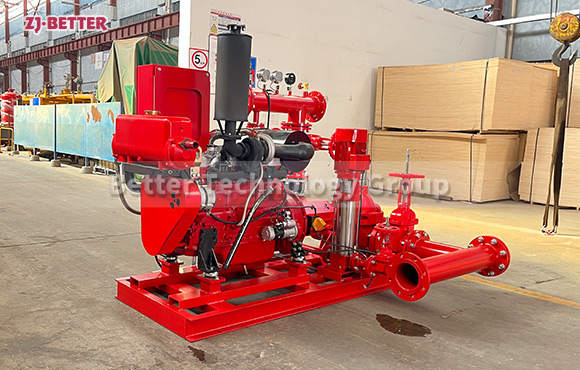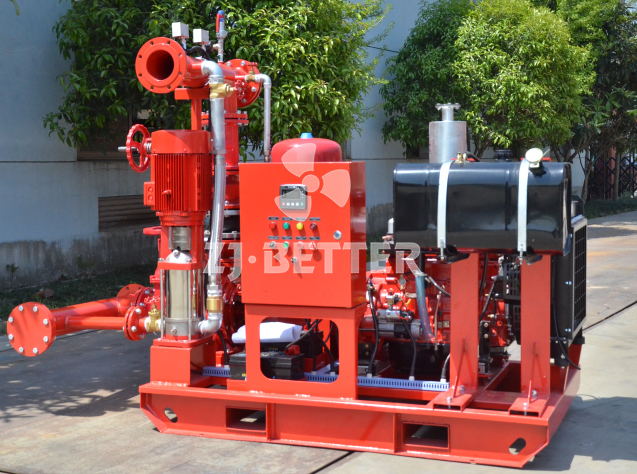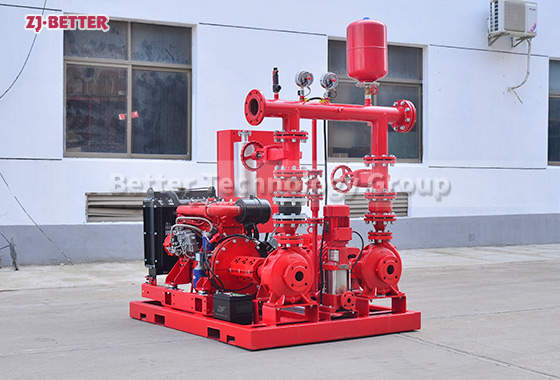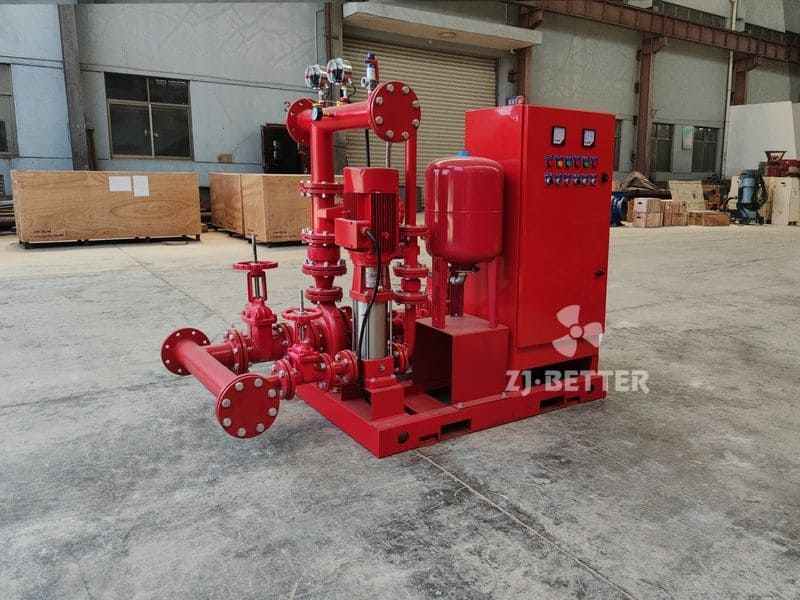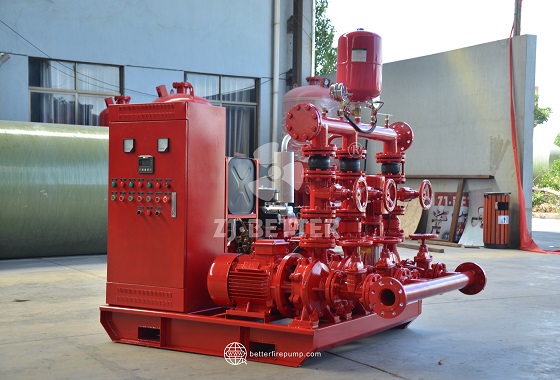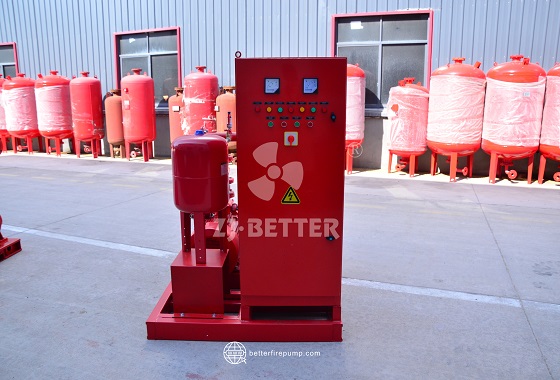How do jockey pumps help extend the lifespan of fire pumps?
Jockey pumps help extend the lifespan of fire pumps by maintaining system pressure and preventing unnecessary cycling of the main fire pump. By handling minor pressure fluctuations and small leaks, jockey pumps reduce the wear and tear on fire pumps, which would otherwise start and stop frequently to maintain pressure. This reduced cycling minimizes mechanical stress on the fire pump’s components, such as bearings, seals, and impellers, thereby prolonging its operational life. Additionally, jockey pumps consume less power and operate more quietly than fire pumps, leading to energy savings and reduced noise pollution in facilities. By ensuring that fire pumps only operate during actual emergencies, jockey pumps contribute to the long-term reliability and efficiency of the fire protection system.
Jockey pumps help extend the lifespan of fire pumps by maintaining system pressure and preventing unnecessary cycling of the main fire pump. By handling minor pressure fluctuations and small leaks, jockey pumps reduce the wear and tear on fire pumps, which would otherwise start and stop frequently to maintain pressure. This reduced cycling minimizes mechanical stress on the fire pump’s components, such as bearings, seals, and impellers, thereby prolonging its operational life. Additionally, jockey pumps consume less power and operate more quietly than fire pumps, leading to energy savings and reduced noise pollution in facilities. By ensuring that fire pumps only operate during actual emergencies, jockey pumps contribute to the long-term reliability and efficiency of the fire protection system.

